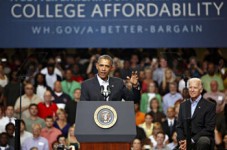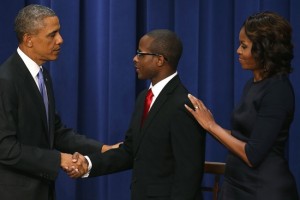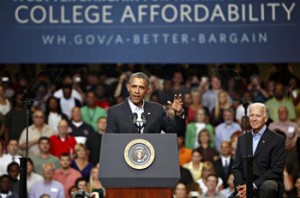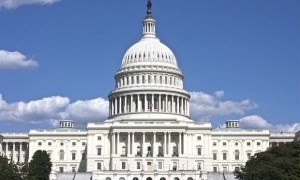
A recently-published book, The End of College: Creating the Future of Learning and the University of Everywhere, by New American educational analyst Kevin Carey, has received a lot of media attention. Carey predicts that most colleges as we know them today will likely disappear, and be replaced by online courses that will be widely and freely available to all students. In an op-ed in The Chronicle of Higher Education, I explained why Carey’s prediction is not likely to come to fruition, and if it did, why it would be bad for the nation.







